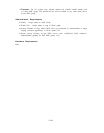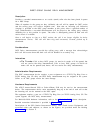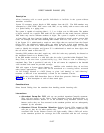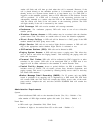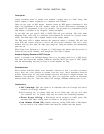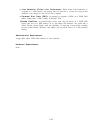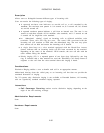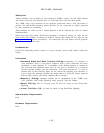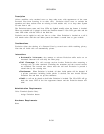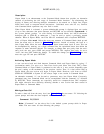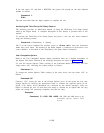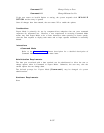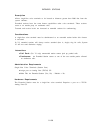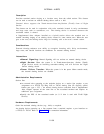DISTINCTIVE RINGING
Description
Allows users to distinguish between different types of incoming calls.
Users can receive the following types of ringing:
● A repeated two-burst tone indicates an outside call or a call extended by the
attendant. The two-burst tone pattern is: 0.4 seconds on, 0.2 seconds off, 0.6 seconds
on, and 4.0 seconds off.
● A repeated one-burst pattern indicates a call from an internal user. The tone is one
second on and three seconds off for multiline voice terminals, and 1.2 seconds on and
4 seconds off for single-line voice terminals.
● An “abbreviated alerting” signal on incoming calls to off-hook multiline voice
terminals. These calls will ring just once.
The status LED associated with the
incoming call will continue to flash after the abbreviated ring. The user may place
their current call on hold and answer the incoming call if desired.
● A single short beep at a voice terminal equipped with the Hands-Free Answer
feature indicates that an incoming inside call has been answered by the terminal.
Depending on the status of the terminal’s HFAI controls, the user can talk with the
caller without lifting the handset.
● Priority ringing (V2) is a repeated pattern of two short rings followed by one long
ring. It indicates that a data terminal has used the Third-Party Call Setup feature to
originate a voice call from the voice terminal where this ringing is heard.
Considerations
Distinctive Ringing enables a user to handle each call in an appropriate manner.
Abbreviated alerting alerts the called party to an incoming call but does not provide the
continued distraction of ringing.
For V2 systems only: distinctive ringing is not available at Extended Stations; All incoming
calls are signaled by standard one-burst ringing, repeated.
Interactions
●
Call Coverage: Covering stations receive distinctive ringing, depending on the
origin of the call receiving coverage.
Administration Requirements
None
Hardware Requirements
None
2-132



